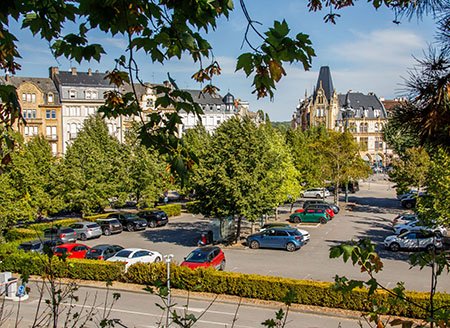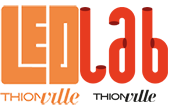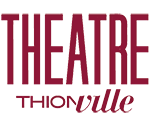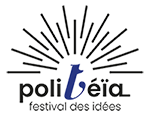Bastion III ou Luxembourg

Comme le bastion « République », le bastion « Luxembourg » voit son appareillage constitué essentiellement de briques rouge dont la fabrication est vernaculaire, à l’exception des soubassements en calcaire jaune. Une briqueterie sera créée pour les travaux de remparage qui donnera bientôt son nom à un quartier de la ville, la Briquerie. L’intérieur des ouvrages a, quant à lui, été considérablement modifié sous l’Annexion, alors transformés en blockhaus empêchant toute lecture ancienne des lieux. On y trouve des espaces de nuit (chambrées) avec les systèmes d’accroche de hamacs, en vogue dans l’armée allemande de ce temps, des sanitaires ainsi qu’une petite usine électrique permettant le fonctionnement des installations. A noter que les moteurs destinés à la production de l’électricité fonctionnaient à l’alcool et non pas au gazole.

MILITARY BASTION “LUXEMBOURG”
Military Bastion “Luxembourg” is a red brick construction with yellow limestone foundations. A brickyard will be created for the building work that will soon give its name to a district of the city, the Briquerie. The interior of the fortress has been considerably modified under German annexation, and then transformed into bunker. There are night spaces (chambered) with hammock hanging systems, popular in the German army of that time, sanitary and a small electrical plant for the operation of facilities. It should be noted that engines intended for the production of electricity operated on alcohol and not on diesel.

DIE BASTION III (oder Bastion Luxembourg)
Genau wie die Bastion République wurde die Bastion Luxembourg hauptsächlich aus roten Backsteinen gefertigt, einem heimischen Produkt. Lediglich der Sockel war aus gelbem Kalkstein. Für Reparaturarbeiten am Bauwerk wurde eine Ziegelei gegründet, die schon bald dem Stadtviertel la Briquerie ihren Namen gab. Während der Besatzungszeit wurde der Innenraum der Bauwerke, die nun als blockhaus fungierten, stark verändert, so dass man den ursprünglichen Zustand nicht mehr erkennen konnte. Es werden Schlafräume (Stuben) eingerichtet mit Hängesystemen für Hängematten, die seinerzeit bei den deutschen Truppen in Mode waren. Ebenso gab es Sanitäranlagen sowie ein kleines Kraftwerk zum Betreiben der Elektroanlagen. Bemerkenswert ist, dass die Motoren zur Stromerzeugung auf Alkoholbasis und nicht mit Diesel liefen.
Bastion III ou Luxembourg
Quai Pierre Marchal


























